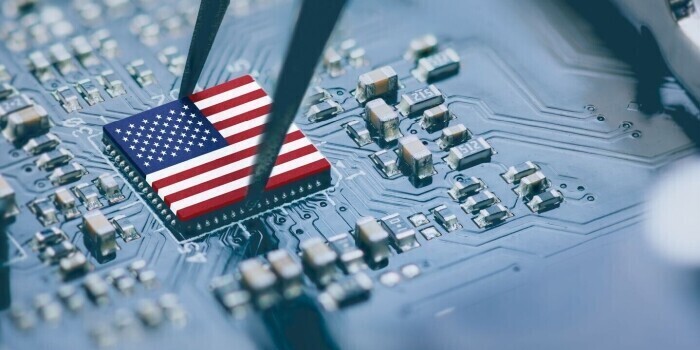The purpose of the latest regulation is to close loopholes in restrictions announced in October of the previous year, said the sources, who requested anonymity because the rules are not public. The Biden administration reportedly wants to strengthen controls on the sale of graphics chips used in artificial intelligence applications and advanced chip-making equipment to Chinese companies.
The United States also wants to impose additional controls against Chinese companies that try to circumvent export restrictions by diverting shipments through other countries. It also plans to add Chinese chip design companies to the list of companies subject to trade restrictions.
The US government imposed the original restrictions on the chips a year ago with the aim of hindering technological development in China, which it considered necessary for national security reasons. In response, China has accelerated investments to build its domestic capabilities. The revised restrictions are expected to be issued as early as this week, according to people familiar with the matter.
The Biden administration has been criticized for perceived shortcomings in the original export controls. The original restrictions were imposed without support from key allies such as the Netherlands and Japan, allowing chip equipment companies in those countries to continue selling advanced devices to Chinese customers.
This oversight has facilitated China’s progress in developing domestic technological capabilities. Huawei, the Chinese telecom giant at the heart of US-China tensions, quietly launched a new smartphone powered by a cutting-edge 7nm processor in August. This chip was manufactured by a Chinese company, indicating that manufacturing capabilities are well beyond the point where the United States wanted to halt its development.
Cover image source: Getty Images












































